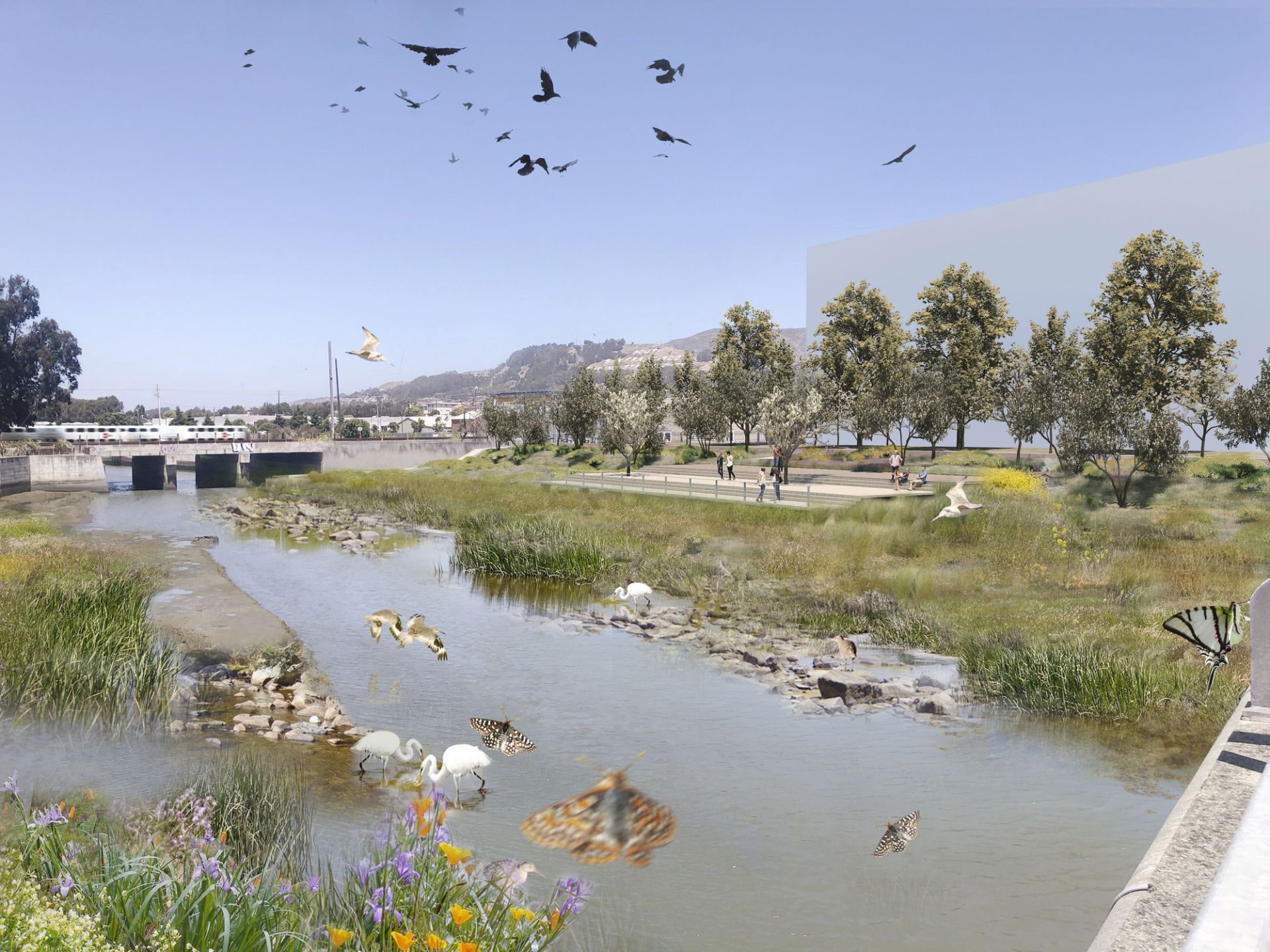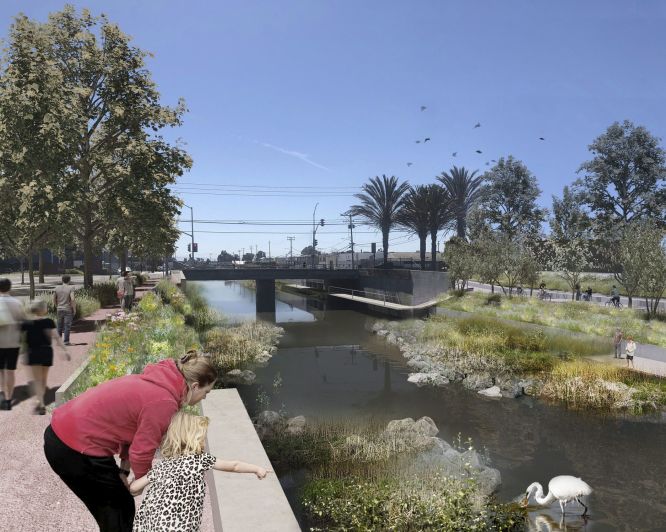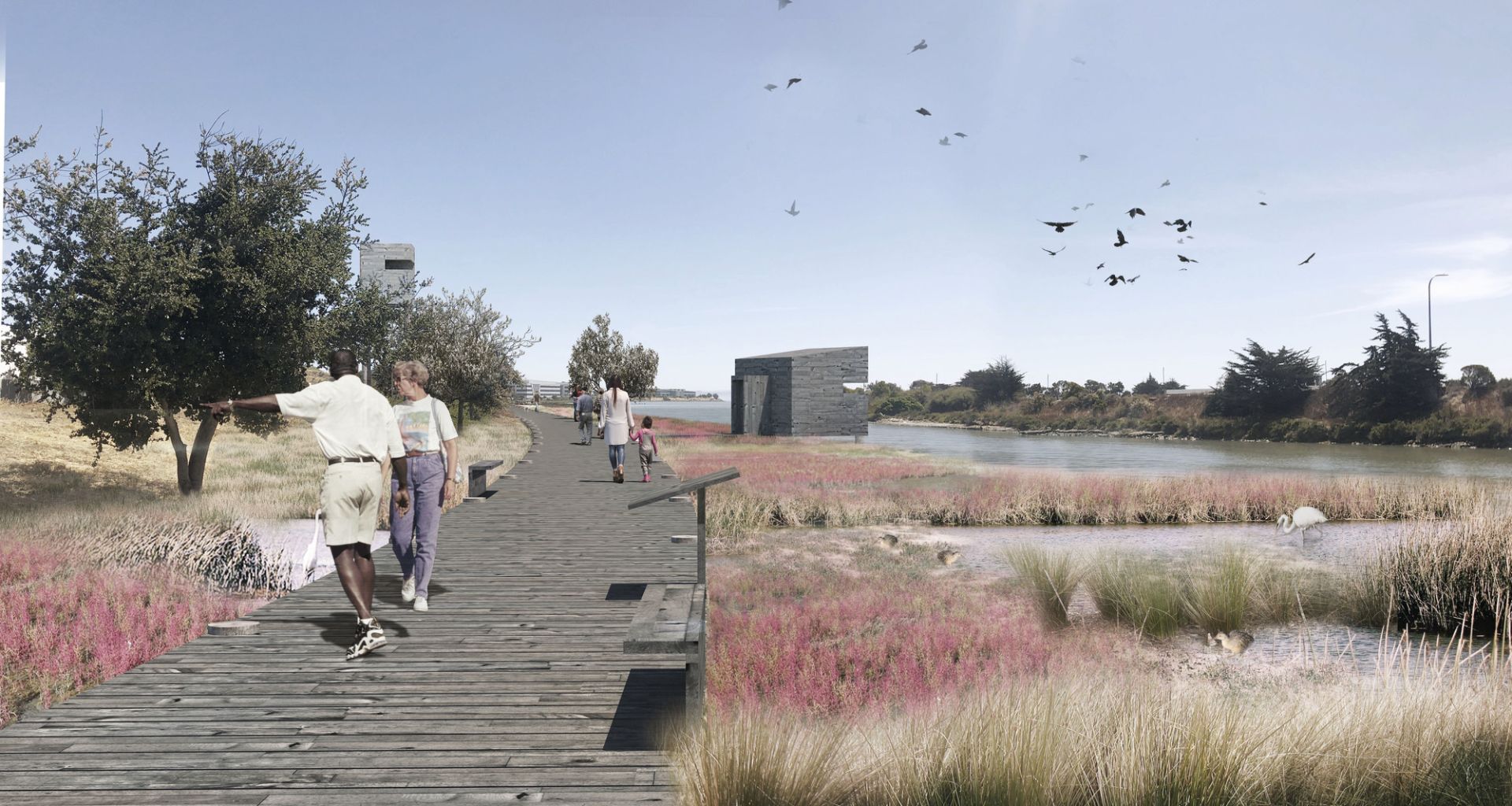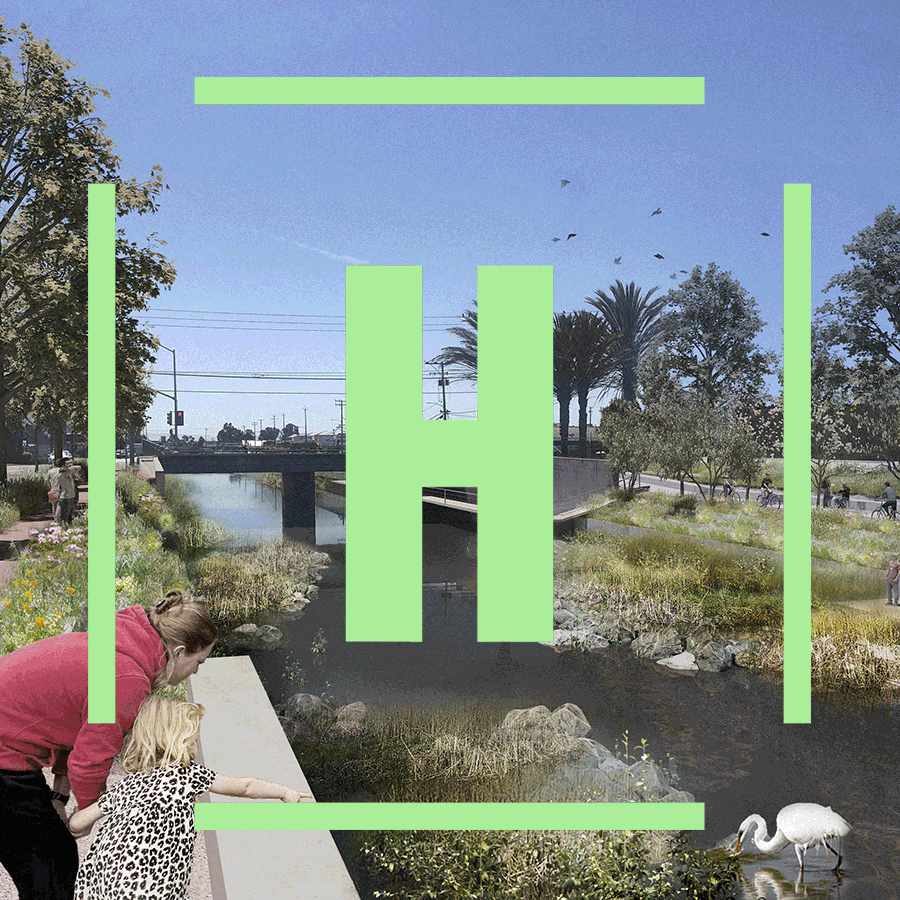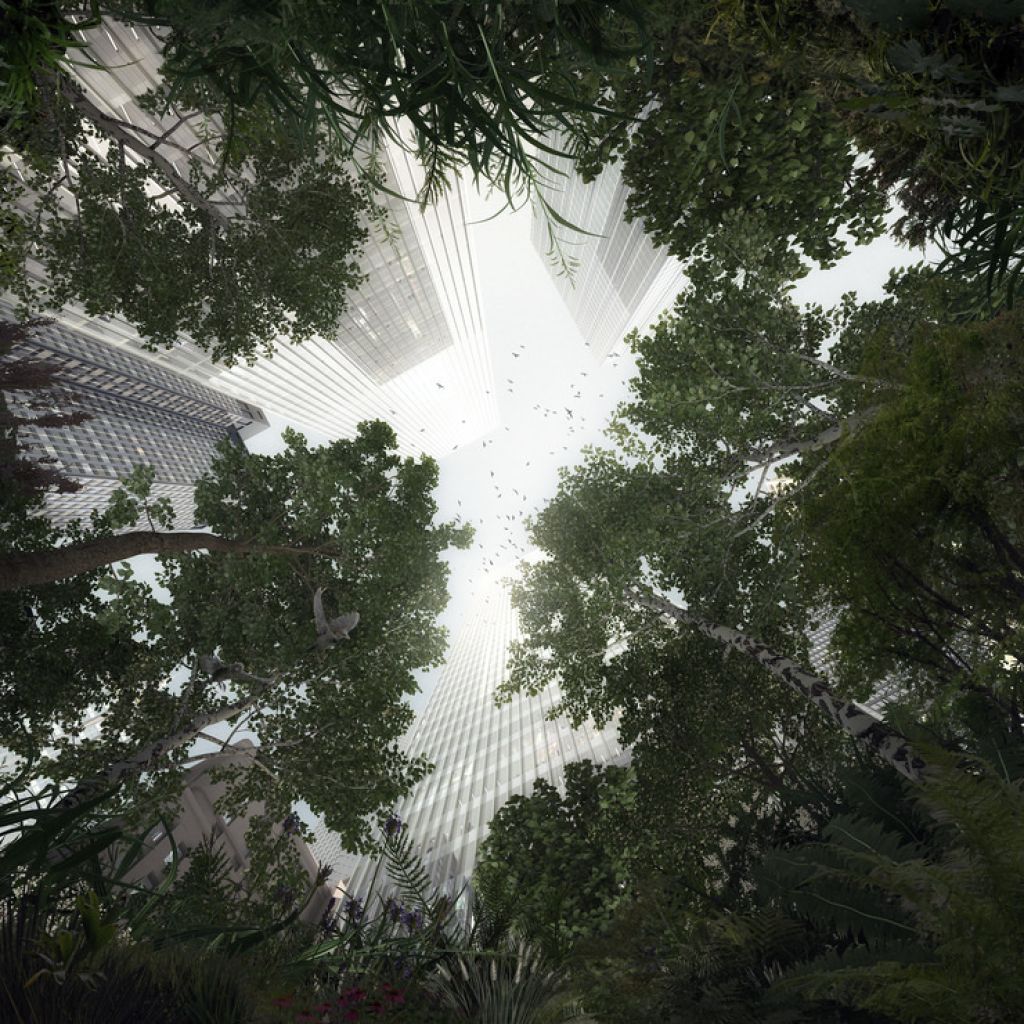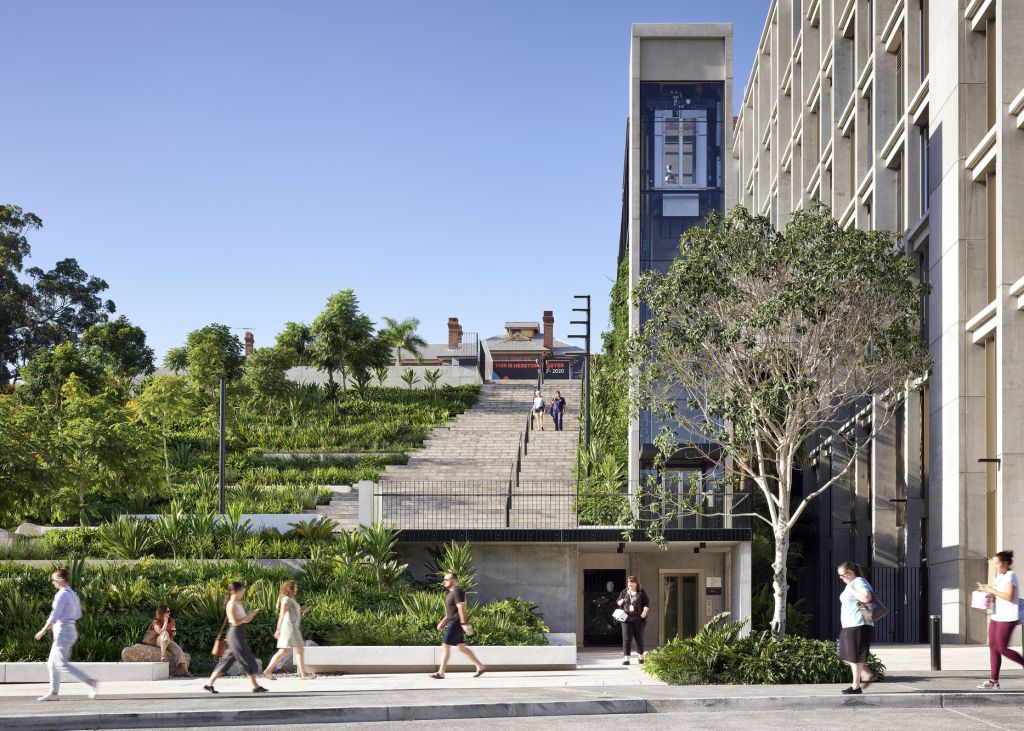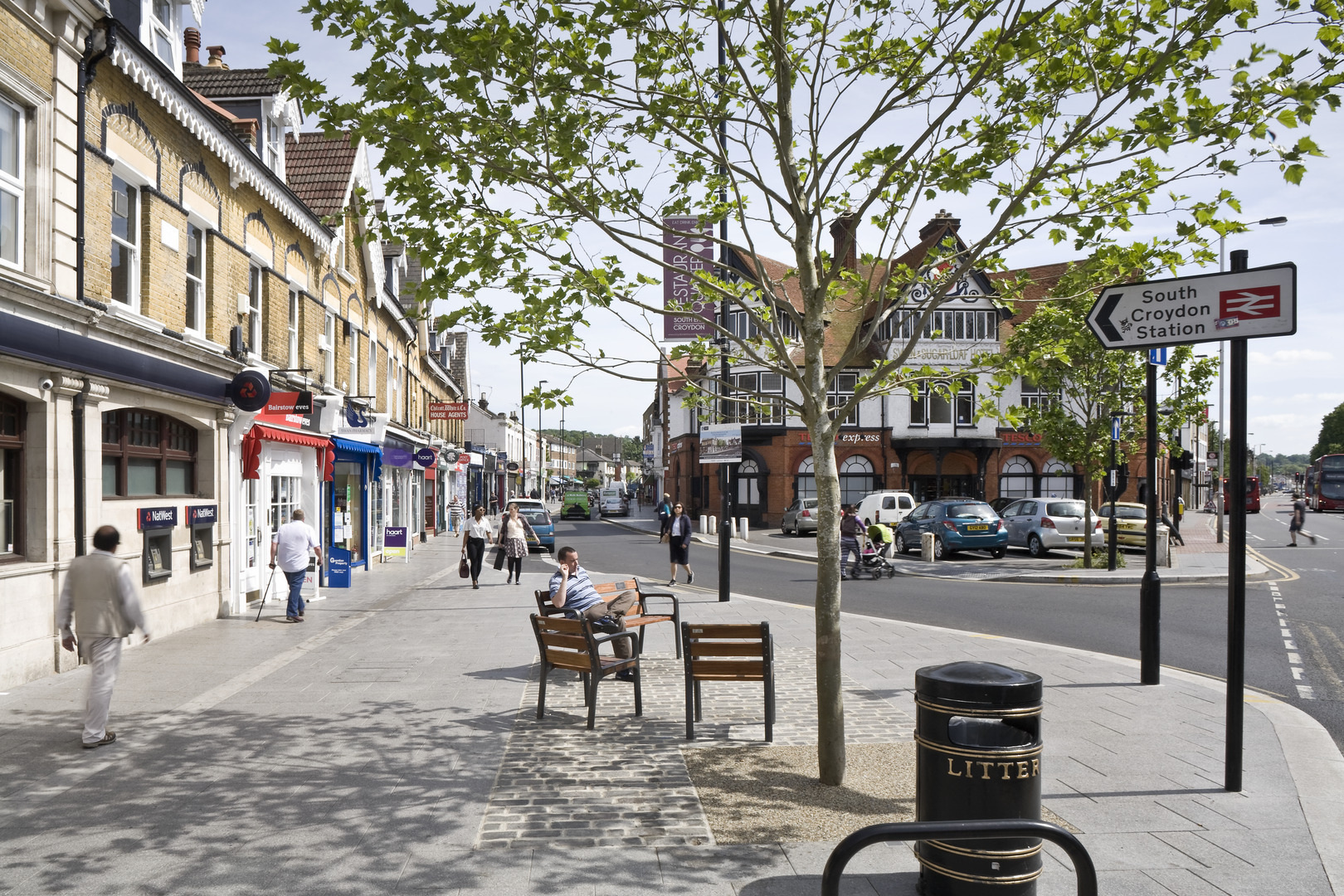Community engagement
We engaged the South San Francisco community over an 18-month period to raise awareness of flood risk and the potential to transform Colma Creek into a public and ecological asset. Continuing earlier engagement for Resilient South City to reconnect people to the water, we built a supporter base of local families through online and offline channels.
With community partners, we organised creek-side events with the city’s Parks & Recreation Department for their ‘Streets Alive! Parks Alive’ program and youth summer camps. With San Bruno Mountain Watch, we shared the project with visitors to Mission Blue Nursery, which cultivates native plants.
With the global pandemic, we cancelled other planned events to focus on engaging young people online with activities to do at home. A children’s storybook, Christina Lives by a Beautiful Creek, spoke to families about the project. A video of Council Member Mark Nagales reading to his children featured on online media, and hundreds downloaded the storybook in English, Spanish, Tagalog and Mandarin.

Local partners
- South San Francisco Parks & Recreation Summer Camp
- San Francisco Estuary Institute
- San Bruno Mountain Watch
- Council Member Mark Nagales
- San Francisco Philippine Consulate General
- Martin Elementary School
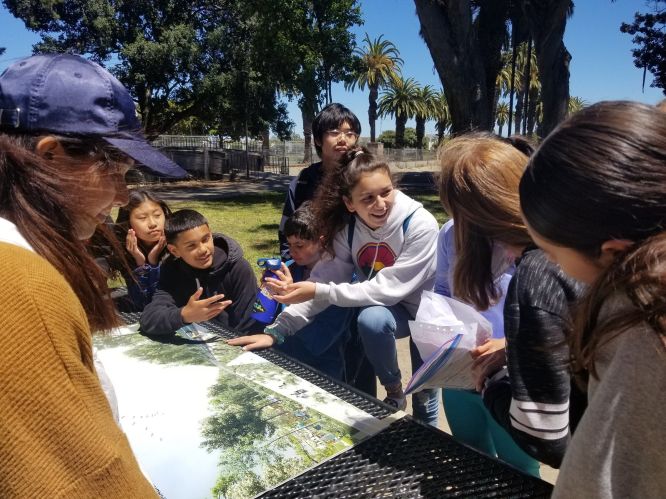
Design toolkit
Our design principles cover three themes based on the project objectives: water, ecology and access. The report explores a range of adaptation options, assessed for cost and impact, that could also apply to other waterways. A series of adaptation elements comprises a Kit of Parts that’s configurable and responsive to site conditions.
The toolkit is designed for flexible application across the region, at sites with similar resilience challenges and opportunities. Historic planning of freeways and rail cut off smaller communities from the shoreline, but reviving and reconnecting main streets and creeks to the bay would create new social and ecological corridors. Our suite of solutions will be made available to communities around the Bay Area.

Proposal highlights
- Opening the creek to Orange Park by softening the edge with new vegetation and terraced seating to bring people down to the water
- Creating floodable parkland to expand the creek capacity
- Introducing pedestrian and bike access along the creek’s northern edge, with trees for shade and more green places to dwell near the water
- Creating habitat in a green corridor, adding rocky edges and outcrops to the creek, and planting native flowers for birds and butterflies
- Retro-fitting streets with more trees, swales and rain gardens to collect and treat runoff
- New brackish marshland for diverse salt and freshwater species in a dynamic tidal habitat that’s one of the creek’s most valuable ecological zones
- At the bay, a widened and restored marsh prepares for sea-level rise, and a shoreline boardwalk features structures for outdoor teaching and birdwatching
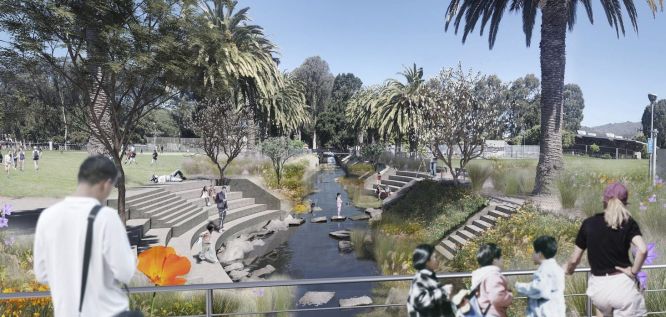
Awards
- 2021 AILA National Landscape Architecture Award (International)

